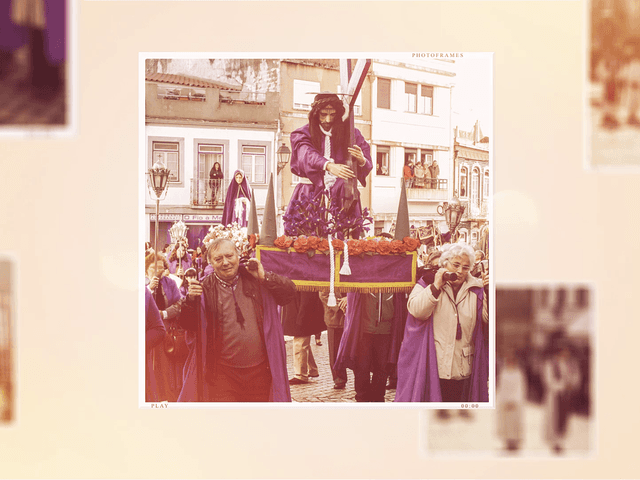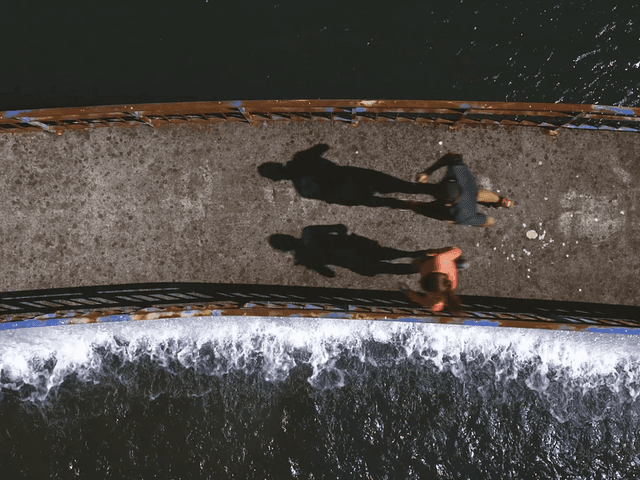Evento
Arripiado
Taça de Portugal F5J
[PT]
No passado dia 23 de março realizou-se na Zona de Lançamento do Arripiado, a Taça de Portugal de F5J, organizada pela Associação de Modelismo "Os Pikuinhas".
Com 22 inscritos em prova, realizaram-se 7 mangas de voo, onde os primeiros 3 participantes obtiveram seguinte resultado:
1º Lugar - Carlos Seabra - com a melhor pontuação de 5932,7.
2º Lugar - Nelson Moreira - com a pontuação de 5577.
3º Lugar - Pedro Lemos - com a pontuação de 5538.
Do clube "Os Pikuinhas", os concorrentes Luís Lopes, Carlos Lemos, Fernando Garcia e Vítor Lalanda, posicionaram-se em 9º, 16º, 21º e 22º com a pontuação 5135,9, 4440, 641,2 e 474,7 respetivamente.
O Aeromodelismo tem muitas Categorias e Classes distintas, correspondentes aos diversos tipos de voo, de comando e de propulsão.
Na categoria F5J, os planadores, são modelos rádio controlados de grande envergadura e muito ligeiros, onde o objetivo consiste em manter o modelo no ar o maior tempo possível dentro de uma janela temporal de 10 minutos, depois deste descolar por intermédio de motor elétrico durante 30 segundos.
Para minimalizar a penalização, o corte de motor deve ser feito o mais baixo possível. Assim que se dá esse corte, automático ou não, o altímetro regista a altitude. Na aterragem o modelo tem de ficar o mais próximo possível do alvo previamente colocado no chão. Estes são fatores que influenciam a pontuação final de cada voo. Se o modelo aterrar depois de 11 minutos o voo não é contabilizado, e a mais de 10 metros o bónus de aterragem é zero.
Esta é uma modalidade entusiasmante pois o piloto e máquina têm de estar alinhados de modo a garantir o máximo tempo no ar sendo este um enorme desafio para o piloto que tem de ter conhecimentos de meteorologia e estar atento aos sinais que a natureza lhe proporciona, nomeadamente formas e quantidade de nuvens, ventos, ambientes frios e quentes, morfologia do terreno, o voo das aves nas redondezas, são alguns sinais na busca constante de térmicas para que o modelo ganhe altitude e permaneça em voo durante os 10 minutos.
Fotografia: Rodrigo Assunção
Quem proceder ao registo, terá acesso ao download de qualquer fotografia desejada com a respetiva "marca de água".
Quem desejar fotos, estas podem ser adquiridas em formato digital na melhor qualidade e sem logotipos.
[EN]
On March 23rd, the F5J Portugal Cup took place at the Arripiado Launching Zone, organized by the Model Association "Os Pikuinhas".
With 22 participants in the competition, 7 flight rounds were held, where the top 3 participants achieved the following results:
1st Place - Carlos Seabra - with the highest score of 5932.7.
2nd Place - Nelson Moreira - with a score of 5577.
3rd Place - Pedro Lemos - with a score of 5538.
From the "Os Pikuinhas" club, competitors Luís Lopes, Carlos Lemos, Fernando Garcia, and Vítor Lalanda ranked 9th, 16th, 21st, and 22nd with scores of 5135.9, 4440, 641.2, and 474.7 respectively.
Model aviation has many different categories and classes corresponding to various types of flight, control, and propulsion. In the F5J category, gliders are large, lightweight radio-controlled models where the objective is to keep the model in the air for as long as possible within a 10-minute time window, after taking off via an electric motor for 30 seconds.
To minimize penalties, the motor cutoff should be made as low as possible. Once this cutoff occurs, whether automatic or not, the altimeter records the altitude. Upon landing, the model must be as close as possible to a target placed on the ground. These are factors that influence the final score of each flight. If the model lands after 11 minutes, the flight is not counted, and if it is more than 10 meters away, the landing bonus is zero.
This is an exciting discipline as the pilot and machine must be aligned to ensure maximum airtime, posing a significant challenge for the pilot who must have knowledge of meteorology and be attentive to the signals provided by nature, including cloud formations and quantities, winds, cold and warm environments, terrain morphology, bird flights in the vicinity, are some signs in the constant search for thermals so that the model gains altitude and remains in flight for the full 10 minutes.
Photograph: Rodrigo Assunção
Those who register will have access to download any desired photograph with the respective watermark.
Those wishing for photos can purchase them in digital format with the best quality and without logos.




